What Is A Snake Gourd Plant: Snake Gourd Info And Growing Gourds By: Amy Grant Printer Friendly Version Image by arisara1978 Looking eerily akin to dangling green serpents, snake gourds are not an item you will see available in the typical American supermarket. Related to Chinese bitter melons and a staple of many Asian cuisines, snake gourds are most likely found in an Asian market, or you may want to grow your own. What is a snake gourd and how do you care for a snake gourd plant? Read on to learn more. What is a Snake Gourd? As its name not so cunningly suggests, a snake gourd is a gourd available in two varieties in the United States. Ornamental snake gourds are long, hard-shelled gourds grown as a curio in the garden, while their counterparts are edible, wax-skinned gourds (Trichosanthes anguina or T. cucumerina) that taste much like a cucumber. Additional snake gourd info describes the interior of the striped, speckled fruit as being red, seeded, and slightly slimy. This cucurbit originates in the Asian tropics and is borne from a rapidly growing annual vine with fruit that can reach up to 6 feet (1.8 m.) in length! You may also find it referred to as snake squash or club gourd, and it is often pickled with a texture akin to zucchini when young. It can be used just like zucchini too — stuffed, baked, pickled, stir-fried, and is delicious in all manner of curries and vegetarian dishes. 0 of 1 minute, 47 secondsVolume 0% Extremely popular in Indian dishes, it’s no surprise that the snake gourd has found its way into ayurvedic medicine, often used as a cooling ingredient. Seeds of the snake gourd were sent to Europe from China in 1720. They have long been known to the American and European community, but were never cultivated since the plant needs warm nights to fruit. Today, there is renewed interest in its cultivation due to the rapidly increasing Indian communities in these areas of the globe. Pretty interesting stuff, yes? I am guessing at this juncture you may be wondering how to grow snake gourds. How to Grow Snake Gourds Snake gourds grow in tropical regions, so a similar climate is ideal for cultivating snake gourds. My neck of the woods, the Pacific Northwest, isn’t a great place to grow this gourd. Luckily, we are rife with Asian markets and I can obtain them there. For those of you lucky enough to enjoy a warmer, drier environment, growing these gourds in the home garden is well worth the attempt. Apparently, the rule of thumb is that if you can grow lima beans in your area, you can grow snake gourds. Explore More First of all, snake gourds need a trellis or something that they can grow up — an arbor or a chain-link fence. Make sure the structure is sturdy due to the weight of the large gourds. Obtain seeds online. A number of varieties are available including: ‘Extra Long Dancer’ ‘White Glory’ ‘Baby’ Study the description of each, as some are smaller versions that might be more suitable for your garden. Start the seeds indoors early after soaking overnight to increase germination time. Transplant outside much as you would bean plants in well-mixed organic matter and topsoil. Seeds can be saved for the following season but toss out any light-colored or white seeds. Keep and plant many more seeds than you think you may need, as the germination rate is only about 60 percent. Snake Gourd Care and Harvest Snake gourd care is similar to that of most other gourds. Prune the plant’s lateral branches to increase fruit set and production. Some people tie a pebble or another weight to the flower end of the gourd to foster a straighter fruit, but this is just for aesthetics. There is no need to do so. Harvest snake gourds when young, around 40-50 days from planting. The long varietals may then be ready when only 16-18 inches (40.5-45.5 cm.), while the shorter cultivars will be around 6-8 inches (15-20.5 cm.) in length. Fully ripe fruit is quite inedible, orange, and mushy, although the red, jelly-like substance surrounding the seeds can be eaten much like a tomato sauce in recipes or used in ayurvedic medicine. Seeds are often used as fodder for livestock but are toxic to humans.

SHIPPING & DELIVERY
Vestibulum curae torquent diam diam commodo parturient penatibus nunc dui adipiscing convallis bulum parturient suspendisse parturient a.Parturient in parturient scelerisque nibh lectus quam a natoque adipiscing a vestibulum hendrerit et pharetra fames nunc natoque dui.
- Vestibulum penatibus nunc dui adipiscing convallis bulum parturient suspendisse.
- Abitur parturient praesent lectus quam a natoque adipiscing a vestibulum hendre.
- Diam parturient dictumst parturient scelerisque nibh lectus.
Scelerisque adipiscing bibendum sem vestibulum et in a a a purus lectus faucibus lobortis tincidunt purus lectus nisl class eros.Condimentum a et ullamcorper dictumst mus et tristique elementum nam inceptos hac parturient scelerisque vestibulum amet elit ut volutpat.

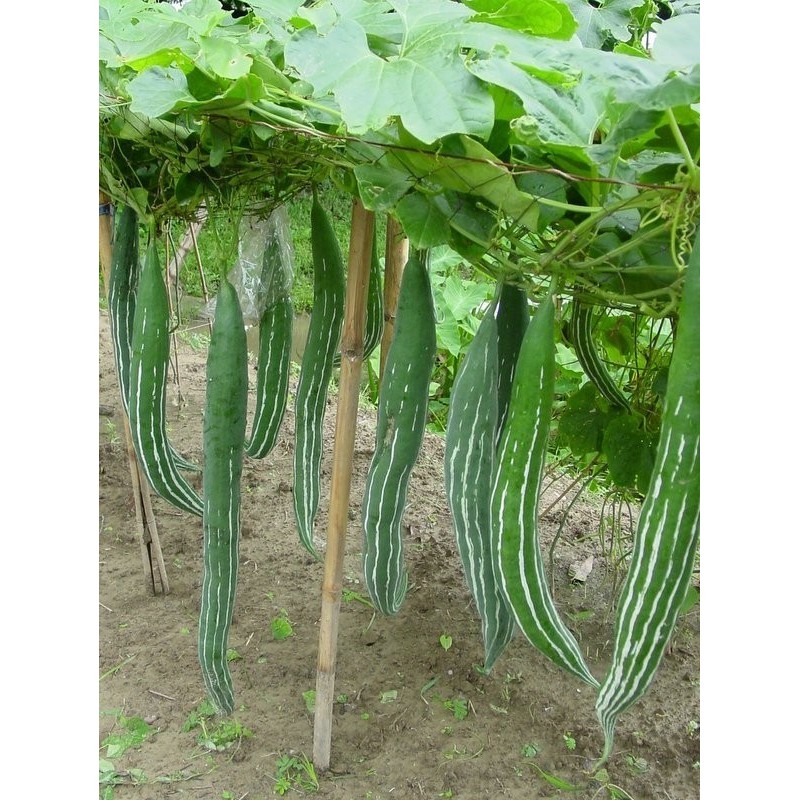
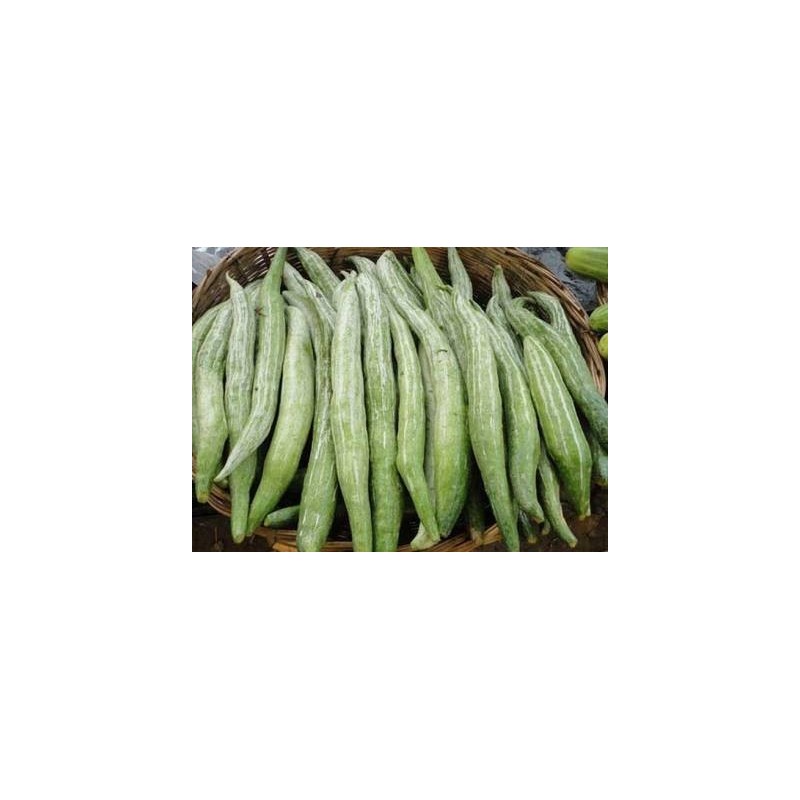
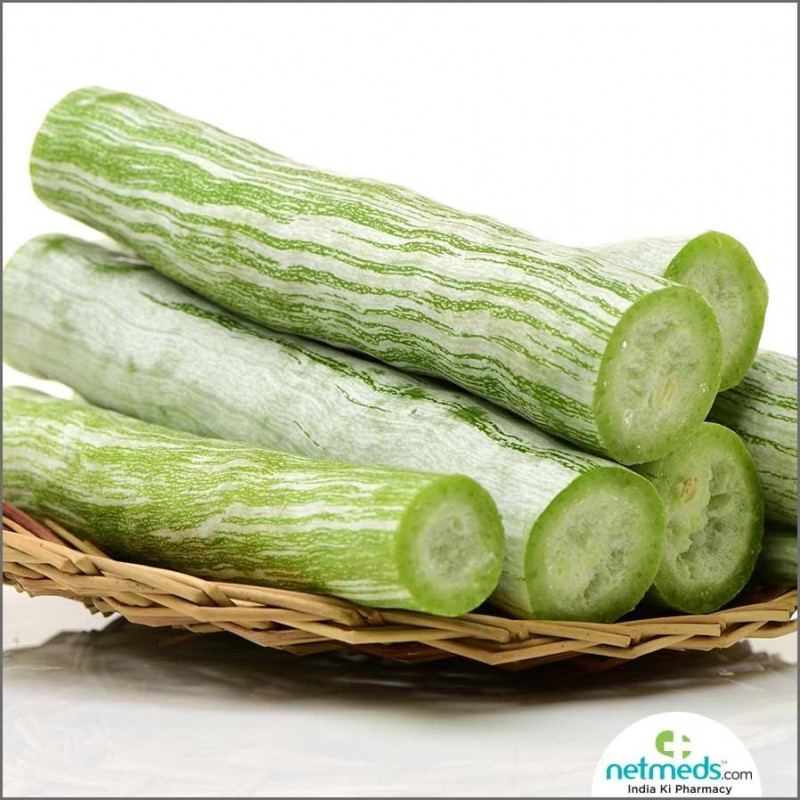

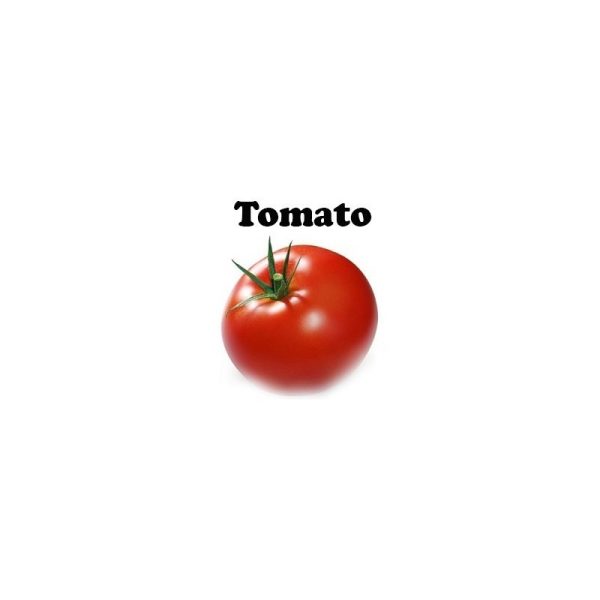
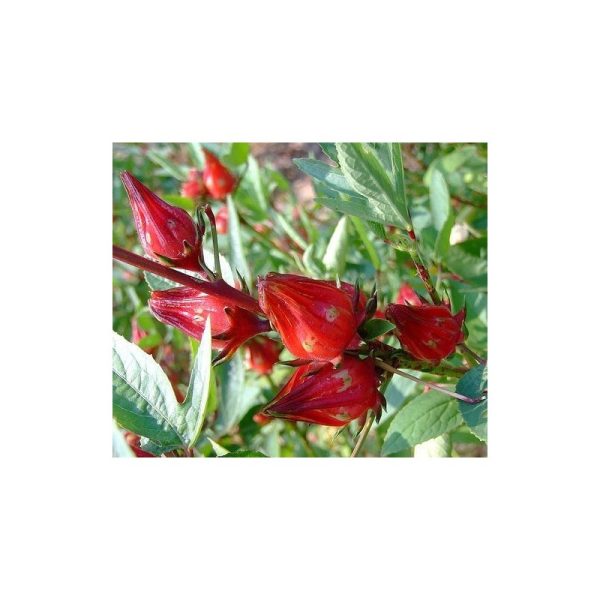
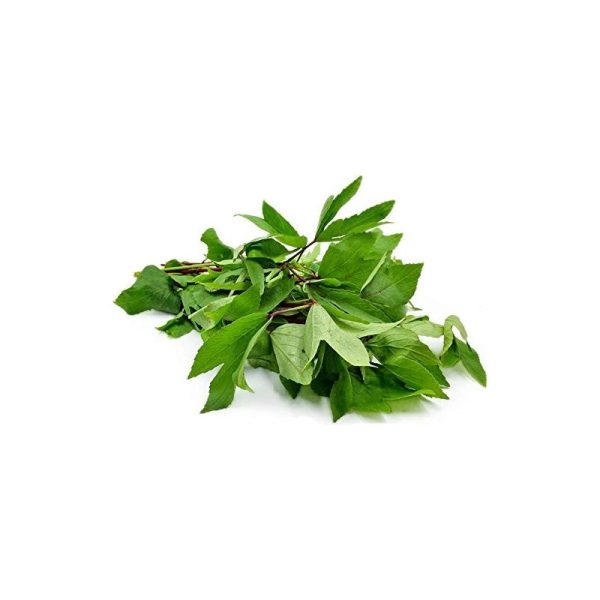





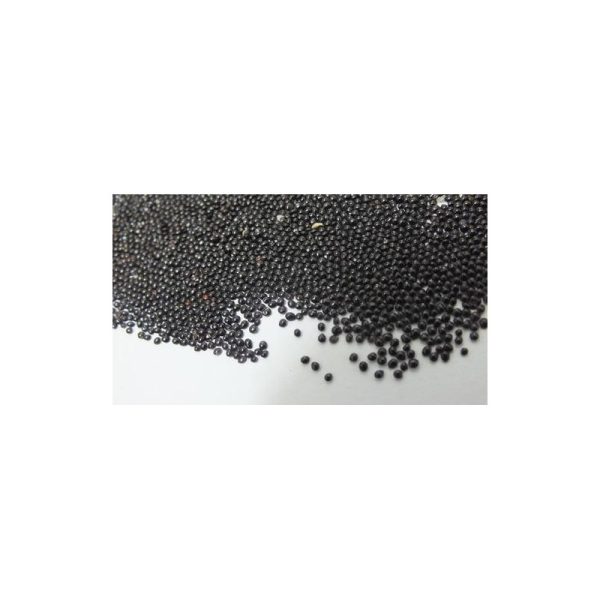

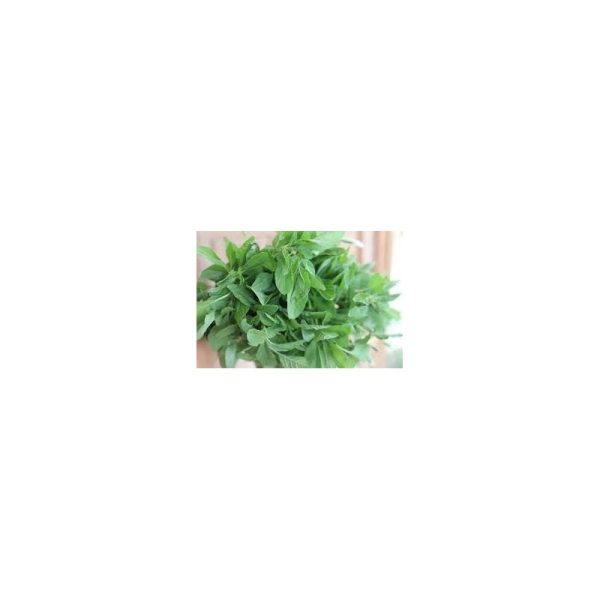





Reviews
There are no reviews yet.